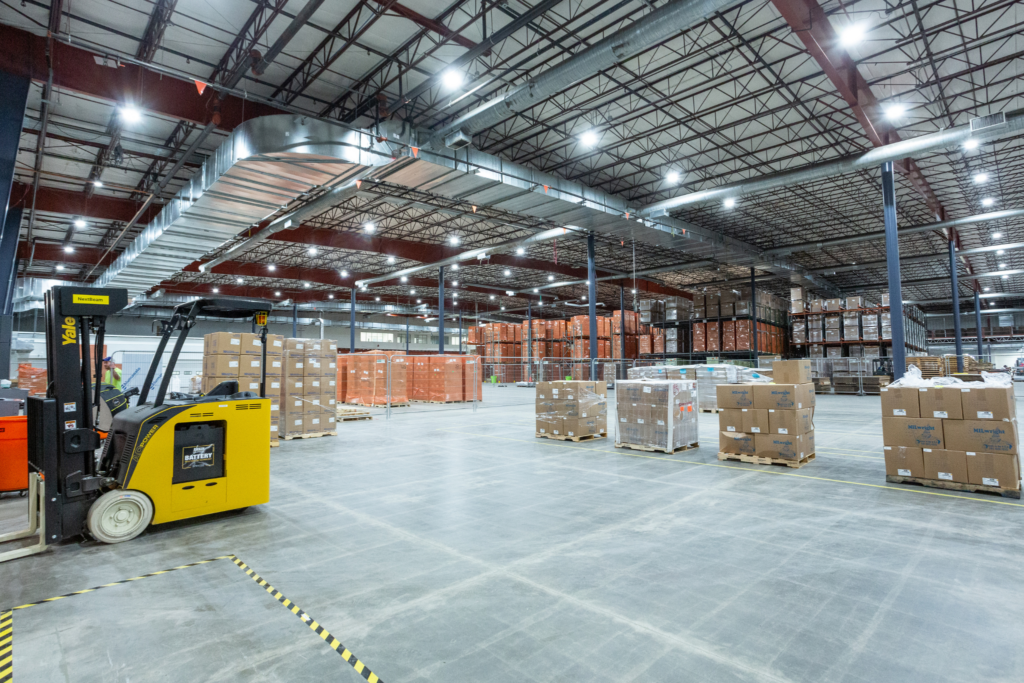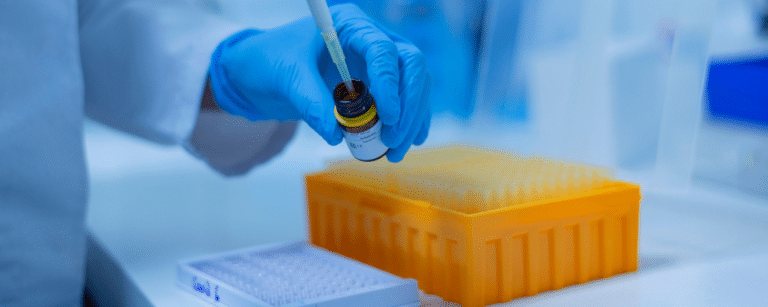Ready to optimize your product’s sterilization? Contact us today for a complimentary evaluation. Our sterilization expertise ensures consistent processing tailored to your needs. Let’s find the ideal configuration for your product!
It’s no secret that customers have experienced spiraling terminal sterilization costs over the past five years. While just switching to E-Beam alone can materially reduce pricing for many customers, we sometimes get asked how customers can reduce/optimize their sterilization costs by designing for E-Beam processing.
The great news is that there are many options – which we are keen to see our customers take advantage of. Regardless, there are two key factors that E-Beam providers think about when they price volume sterilization:
- Process efficiency
- Logistics
We’ll dive into process efficiency first…
How a Radiation Sterilization Process is Defined and Validated
For any given sterile product, modern radiation sterilization (per the ISO 11137 standard) works by evaluating the manufacturing and radiation dosing processes for a given product to ensure sterilization.
The product’s specific manufacturing process is evaluated for cleanliness by counting microbes on the product and its packaging system.
Once this level of bioburden is quantified, the ISO standard defines a recommended level of radiation as well as specific options for determining or validating what the appropriate minimum sterilization dose is for the product to achieve the level of sterility required (typically this is a less than one in a million probability of a non-sterile unit). This minimum sterilization dose is often abbreviated as Dster.
Once this required minimum level of dose is understood, an E-Beam provider must then perform a dose mapping exercise to determine the ratio between the minimum dose and maximum dose (commonly inside whatever shipper box packaging the manufacturer uses) that the product experiences inside its sterile packaging. This is called the Dose Uniformity Ratio (DUR).
This empirically determined DUR must fit within the maximum allowable DUR, which is the ratio between the maximum dose the product can take without impairing its functionality and the minimum dose required for sterilization.
OK, So What Does That Mean To Me As a Manufacturer?
Modern E-Beam facilities are large, expensive, and complex installations that are designed to deliver precise amounts of radiation. In the sterilization world, radiation is measured in a unit called a kilogray (abbreviated as kGy). More kGy = more facility time = more cost to the customer.
Remember, your goal is typically to assure that your product is dosed to Dster (plus a suitable buffer to account for statistical process variation) inside its sterile barrier. Any additional dose (though inevitably unavoidable) is radiation energy that is paid for – but wasted.
How do I reduce the amount of radiation required?
There are several ways:
- Improve product cleanliness – reducing the average bioburden coming out of the manufacturing process lowers the sterilization dose (Dster). Less dose = less $.
- Package for most efficient dose absorption – designing packaging with some guidance from an E-Beam service provider can help you design packaging to most efficiently absorb radiation energy – e.g. matching the total amount of mass under the beam to the penetration characteristics of the beam (and keeping them inside the maximum allowable DUR is the trick). If you are in a position to choose or modify your packaging/shipping, NextBeam can help guide you to the most efficient available package.
- Increasing allowable DUR – Having a wide tolerable range gives an E-Beam provider more flexibility in generating an optimal solution to process the most amount of product in the minimum amount of time.
- Increase consistency – variability in physical packaging from one unit to the next causes increased variation in dose distribution, which increases the statistical “buffer” needed to assure Dster. Consistent packaging and minimal variation reduce this buffer requirement – and reduce the dose required.
At NextBeam, we take these and many other factors into account to both qualify and optimize customer processes.
Logistics Matter, a Lot!
Like other state-of-the-art facilities, our E-Beam is designed to efficiently and precisely irradiate large amounts of material. While it can be flexible in application and process, there are fixed costs and times associated with the setup, completion, and quality review processes required for each separate run – so maximizing the size of those runs reduces cost.
Additionally, like any large and expensive asset, driving up utilization is a key factor in reducing cost, so being able to reliably expect customer shipments helps us offer more competitive pricing.
My Head Hurts And I Already Forgot Why I’m Reading This… Give Me The Summary Already…
OK – no problem. Here’s what you can do as a manufacturer to reduce cost
- Have a clean manufacturing process
- Call NextBeam for free consultation on package and shipment optimization
- Group your products into large batches for sterilization
- Send those batches regularly
We’re happy to help talk through the above at any time – we love helping customers with their sterilization challenges. Contact us anytime for a free consultation.
Additional Articles We Think You Might Like
Have a question? Speak with a sterilization expert today, at your own convenience.






